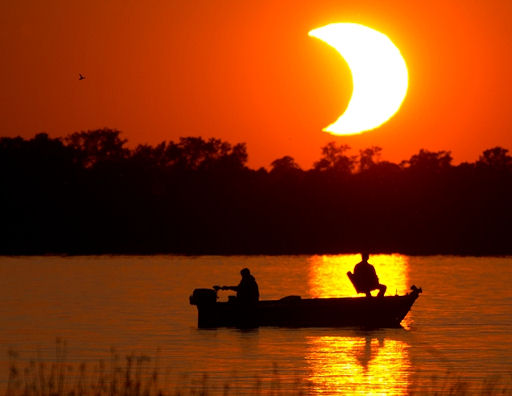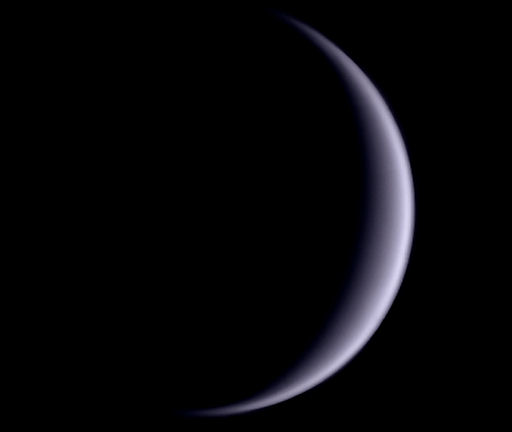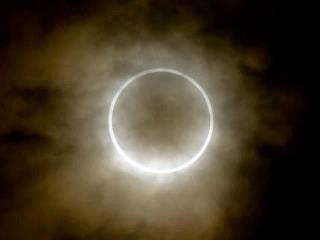Onda de choque Interplanetária: Uma ionda de choque nterplanetária possivelmente associada com a explosão solar de 17 de maio chegou à Terra a 20 de maio por volta das 02h UT. O impacto gerou actividade geomagnética em redor dos poles e várias auroras de alta -latitude (ver links #1, #2).
INTERPLANETARY SHOCK WAVE: An interpanetary shock wave possibly associated with the M5-class solar flare of May 17th swept past Earth on May 20th around 0200 UT. The shock's arrival caused geomagnetic activity around the poles, and several outbreaks of high-latitude auroras. Images: #1, #2.
INTERPLANETARY SHOCK WAVE: An interpanetary shock wave possibly associated with the M5-class solar flare of May 17th swept past Earth on May 20th around 0200 UT. The shock's arrival caused geomagnetic activity around the poles, and several outbreaks of high-latitude auroras. Images: #1, #2.
FANTASTIC ECLIPSE: The Moon passed in front of the sun on Sunday, May 20th, producing a deep solar eclipse visible across the Pacific side of Earth. Sunlight dimmed, the air cooled, ordinary sunbeams turned into fat crescents and rings of light. Here is a sample view from Lake Waconia, Minnesota:
"I drove to the lake, and a couple of fishermen were kind enough to drop their lines in the glitter path of the eclipse," says photographer Tyler Burg. "It was a fantastic composition!"
VENUS TRANSFORMED: Something special is happening to Venus in the evening sky. The second planet is diving toward the sun for a much-anticipated transit on June 5-6. As Venus turns its night side toward Earth, the planet is transforming into a beautifully slender and colorful crescent:
John Chumack of Dayton, Ohio, took the picture on May 14th using a 10-inch telescope. "I was blown away by the sight of Venus," he says. "The planet was 14% illuminated, 47 arcseconds in diameter, and blazing at -4.43 magnitude."
The crescent shape of Venus is easy to see in good binoculars or small telescopes. No special observing experience is required. Just find Venus in the western sky after sunset (you can't miss it), point and look. A good tripod to hold the optics steady is recommended.
As the evening wears on and Venus sinks toward the horizon, the refractive effect of Earth's atmosphere splits the crescent into the colors of the rainbow. Kevin R. Witman of Cochranville, Pennsylvania, observed the phenomenon on May 11th: "Earth's atmospheric refraction of Venus's ample light made a beautiful image through my 10-inch telescope."
Retirado daqui: http://www.spaceweather.com/
Mais eclipse:





